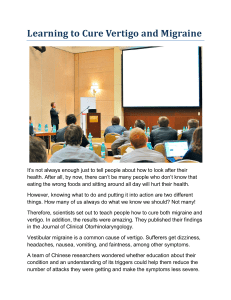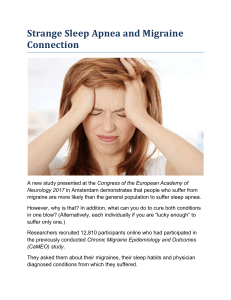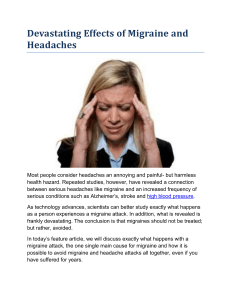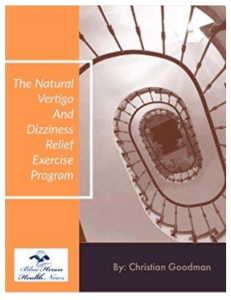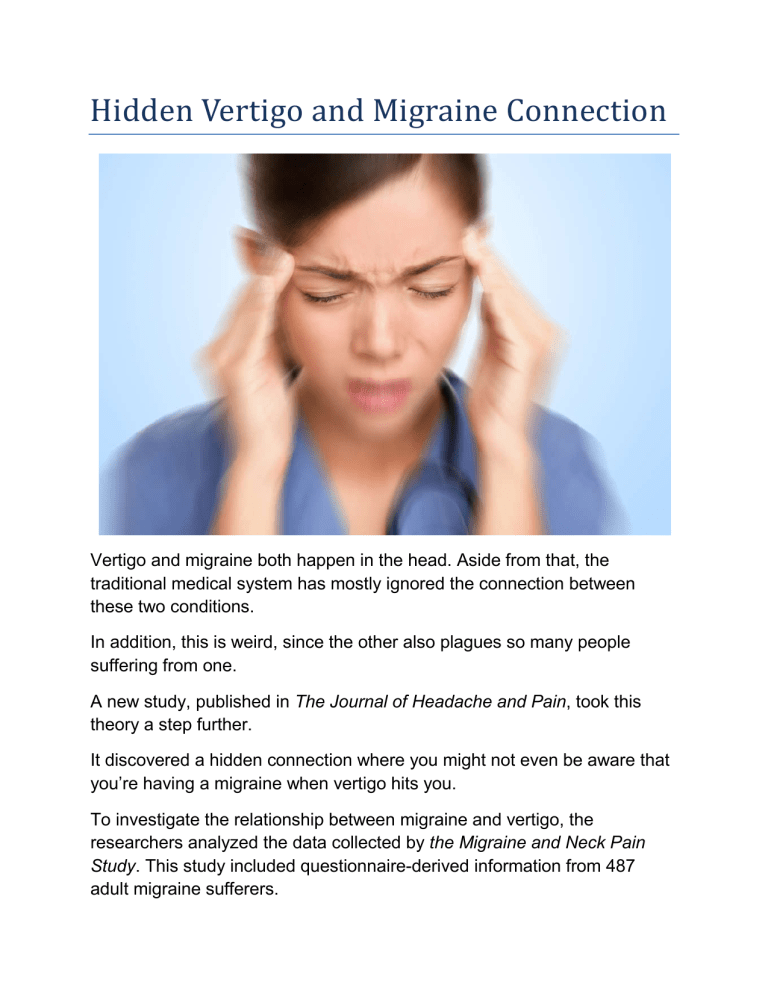
Hidden Vertigo and Migraine Connection
Vertigo and migraine both happen in the head. Aside from that, the
traditional medical system has mostly ignored the connection between
these two conditions.
In addition, this is weird, since the other also plagues so many people
suffering from one.
A new study, published in The Journal of Headache and Pain, took this
theory a step further.
It discovered a hidden connection where you might not even be aware that
you’re having a migraine when vertigo hits you.
To investigate the relationship between migraine and vertigo, the
researchers analyzed the data collected by the Migraine and Neck Pain
Study. This study included questionnaire-derived information from 487
adult migraine sufferers.
They asked these sufferers whether and when they suffered from vertigo
and divided the vertigo into three timeframes:
1. Constant vertigo and other migraine symptoms at the beginning of
the headache.
2. Constant vertigo and other migraine symptoms that began less than
two hours before the migraine auras and pain.
3. Vertigo, constant or otherwise, and other migraine symptoms
occurring two to 48 hours before the headache.
The migraine-suffering participants had to report which of these three
groups their vertigo and other migraine symptoms would be classified
under.
Altogether, 30 percent of people reported having vertigo at some point
during their migraines. 16 percent had it at the beginning of the headache,
10 percent had it within two hours of the headache, and three percent
between two and 48 hours prior to the headache.
Both the groups whose migraines were accompanied by auras and people
who suffered migraines without auras suffered vertigo in approximately the
same amounts at the same times.
This is why many scientists have started referring to these people as not
just suffering from migraine but as suffering from vestibular migraine.
However, the International Classification of Headache Disorders still
doesn’t classify vestibular migraine as a separate disorder.
In this study, they estimated that 26 percent of their participants suffered
from vestibular migraine.
This disorder is so varied from a normal migraine that many sufferers don’t
even experience headaches at all. They experience vertigo, nausea,
vomiting, and sensitivity to sound. Therefore, they might not even realize
that they are having a migraine attack.
This discovery is especially interesting to me because for years I’ve been
helping people with migraine and vertigo using an almost identical
approach.
You see, both migraines and vertigo are caused by lack of blood flow up to
and throughout the head and brain area.
The solution is therefore to use simple exercises that allow more blood to
be pumped up to and throughout the head throughout the day and night.
Each approach is a little bit different.
Therefore, if you suffer from vertigo, you should check out the vertigo
exercises here…
Moreover, if you suffer from migraine or headaches, learn how Lisa
healed her migraine in a few minutes (without counting triggers)…


